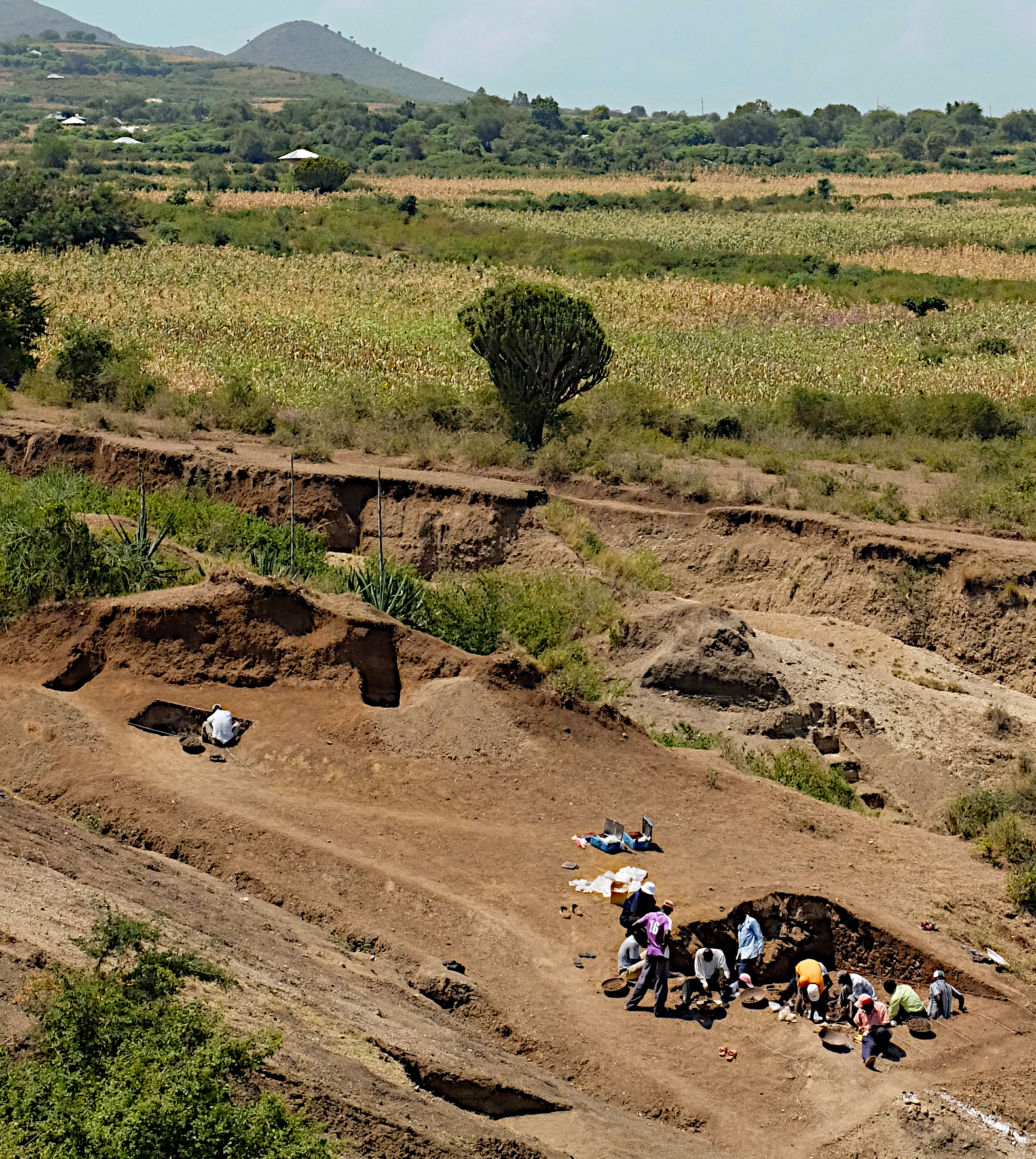Who made the first stone tools? New discovery reopens the debate
February 16, 2023

February 16, 2023

The discovery of stone tools and cut-marked animal bones at a 2.9-million-year-old site in Kenya has reopened the debate over who made the first stone tools—and when.
The research, published in Scienceby an international team of researchers including UBC isotopic paleoecologists, presents what are likely the oldest examples of a stone-age innovation known as the Oldowan toolkit.
Though some evidence suggests the artifacts—used to butcher hippos and pound plant material—are likely 2.9 million years old, they can be more conservatively dated to between 2.6 and three million years old, said lead study author Thomas Plummer of Queens College and member of the Smithsonian’s Human Origins Program.
Excavations at the site, named Nyayanga and located on the Homa Peninsula in western Kenya, also produced a pair of massive molars belonging to the human species’ close evolutionary relative Paranthropus. The teeth are the oldest fossilized Paranthropus remains yet found, and their presence at a site loaded with stone tools raises questions about which human ancestor made the tools.
“The assumption among researchers has long been that only the genus Homo, to which humans belong, was capable of making stone tools,” said Dr. Rick Potts, senior author of the study and the National Museum of Natural History’s Peter Buck Chair of Human Origins. “But finding Paranthropus alongside these stone tools opens up a fascinating whodunnit.”
The tools were found more than 800 miles from the previously known oldest examples of Oldowan stone tools—2.6-million-year-old tools unearthed in the Afar triangle, Ethiopia. This greatly expands the area associated with Oldowan technology’s origins.
“Early stone tools are rarely found in the same place as fossilized remains of the toolmakers, so to find stone tools, butchered bones and Paranthropus teeth all together at one site is remarkable,” said Dr. Scott Blumenthal with UBC Earth, Ocean and Atmospheric Sciences and an author on the paper. “If Paranthropus was making and using Oldowan tools, toolmaking may be more widespread in the human lineage than we knew, and potentially much more ancient.”
Blumenthal and the team used a combination of dating techniques, including the rate of decay of radioactive elements, reversals of Earth’s magnetic field and the presence of fossil animals whose timing in the fossil record is well established, to date the items from Nyayanga.
Analysis of the wear patterns on the stone tools and animal bones discovered at Nyayanga, Kenya, also shows that the tools were used to process a wide range of materials and foods.
“This is one of the oldest if not the oldest example of Oldowan technology,” Plummer said. “This shows the toolkit was used to process a wide variety of plant and animal tissues. We don’t know for sure what the adaptive significance was but the variety of uses suggests it was important to these hominins.”
The research was supported by the Smithsonian, the Leakey Foundation, the National Science Foundation, the Wenner-Gren Foundation, the City University of New York, the Donner Foundation and the Peter Buck Fund for Human Origins Research.
We honour xwməθkwəy̓ əm (Musqueam) on whose ancestral, unceded territory UBC Vancouver is situated. UBC Science is committed to building meaningful relationships with Indigenous peoples so we can advance Reconciliation and ensure traditional ways of knowing enrich our teaching and research.
Learn more: Musqueam First Nation